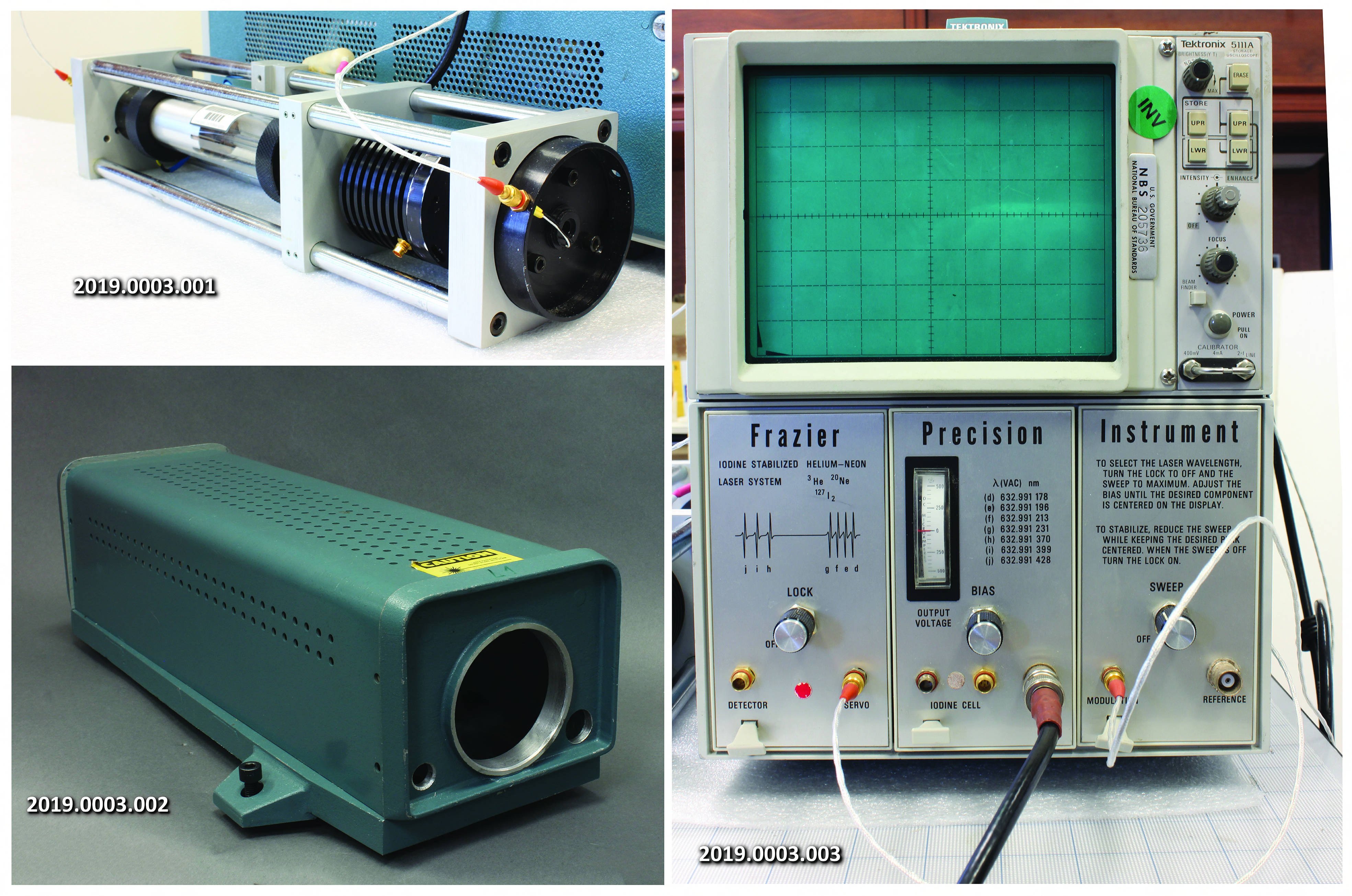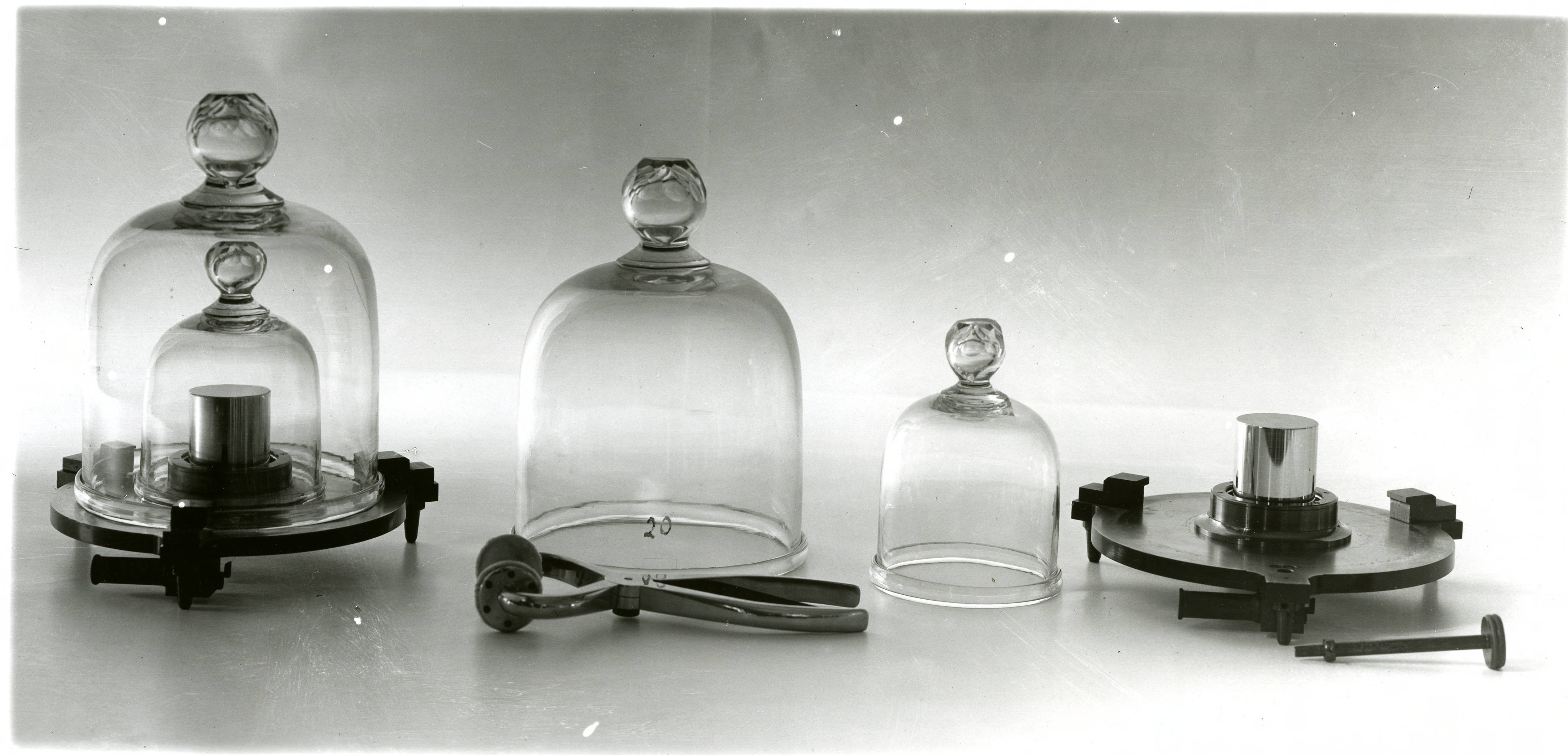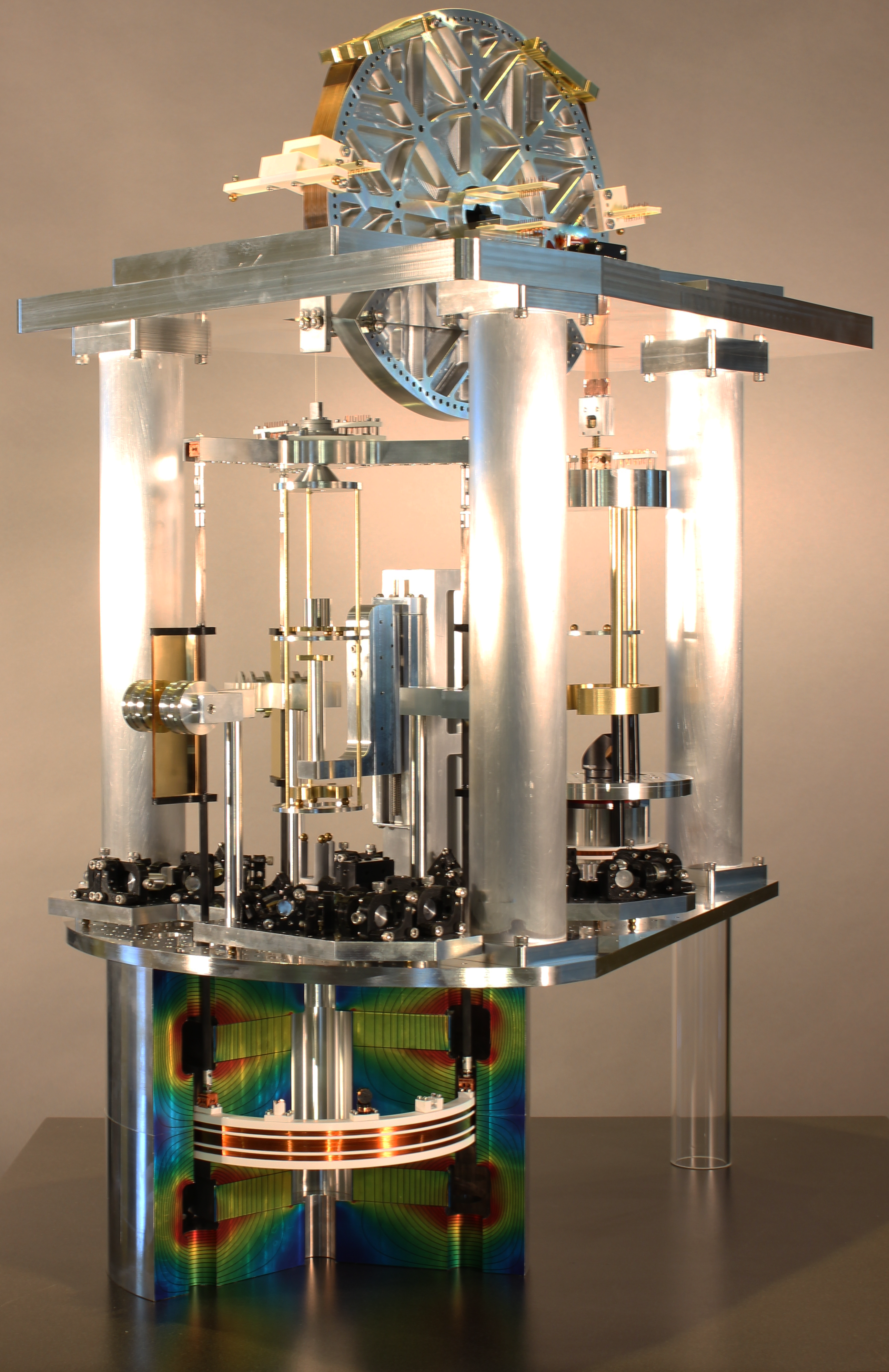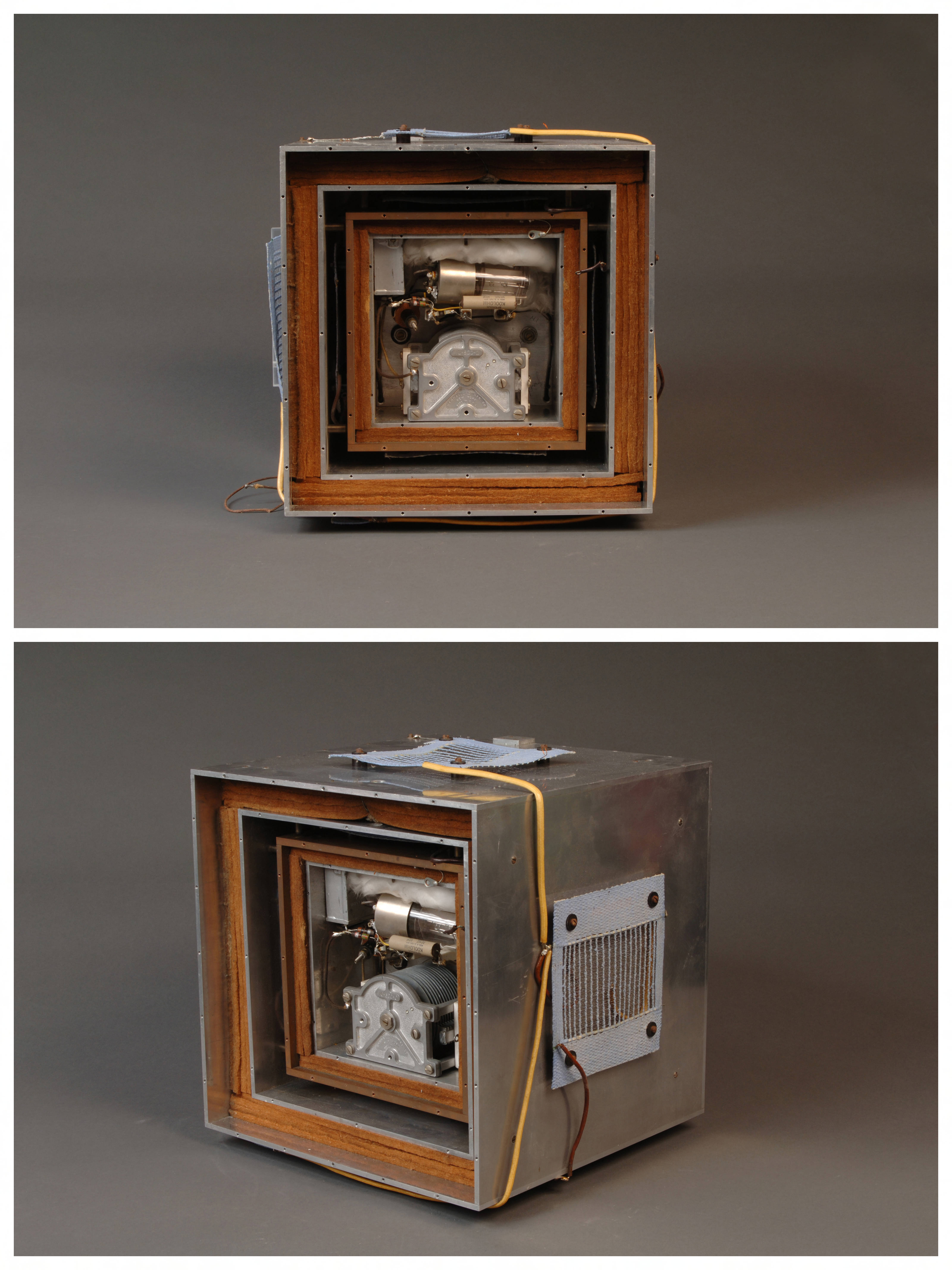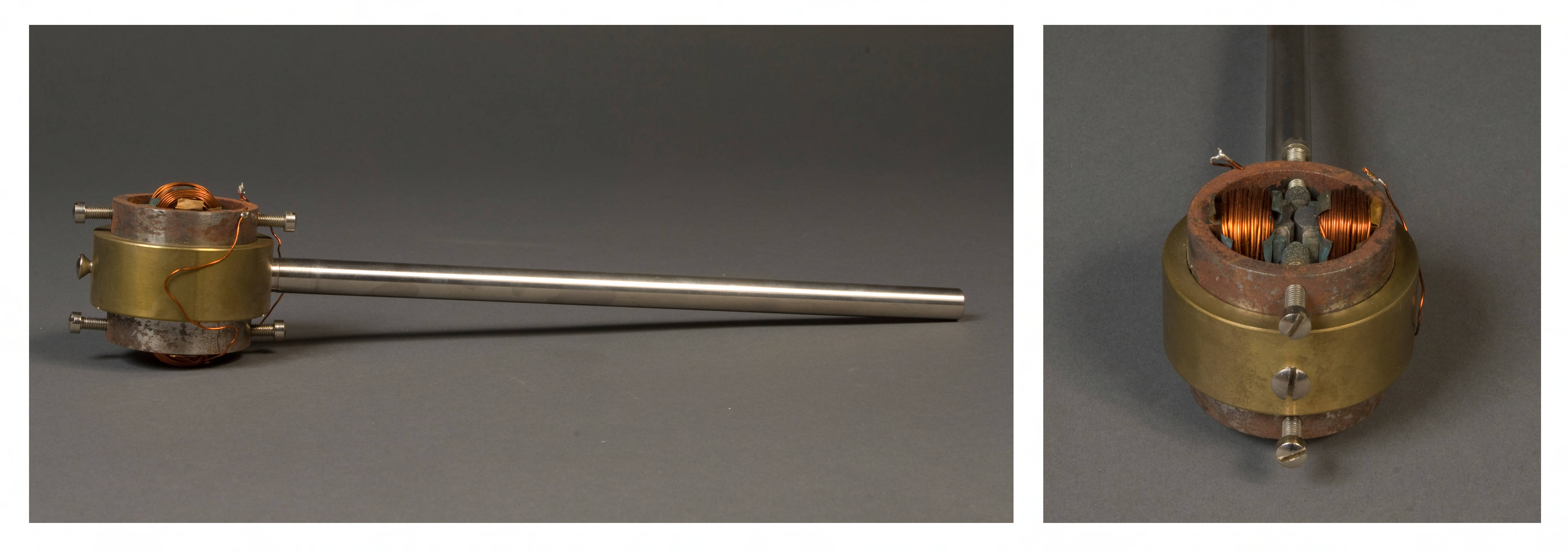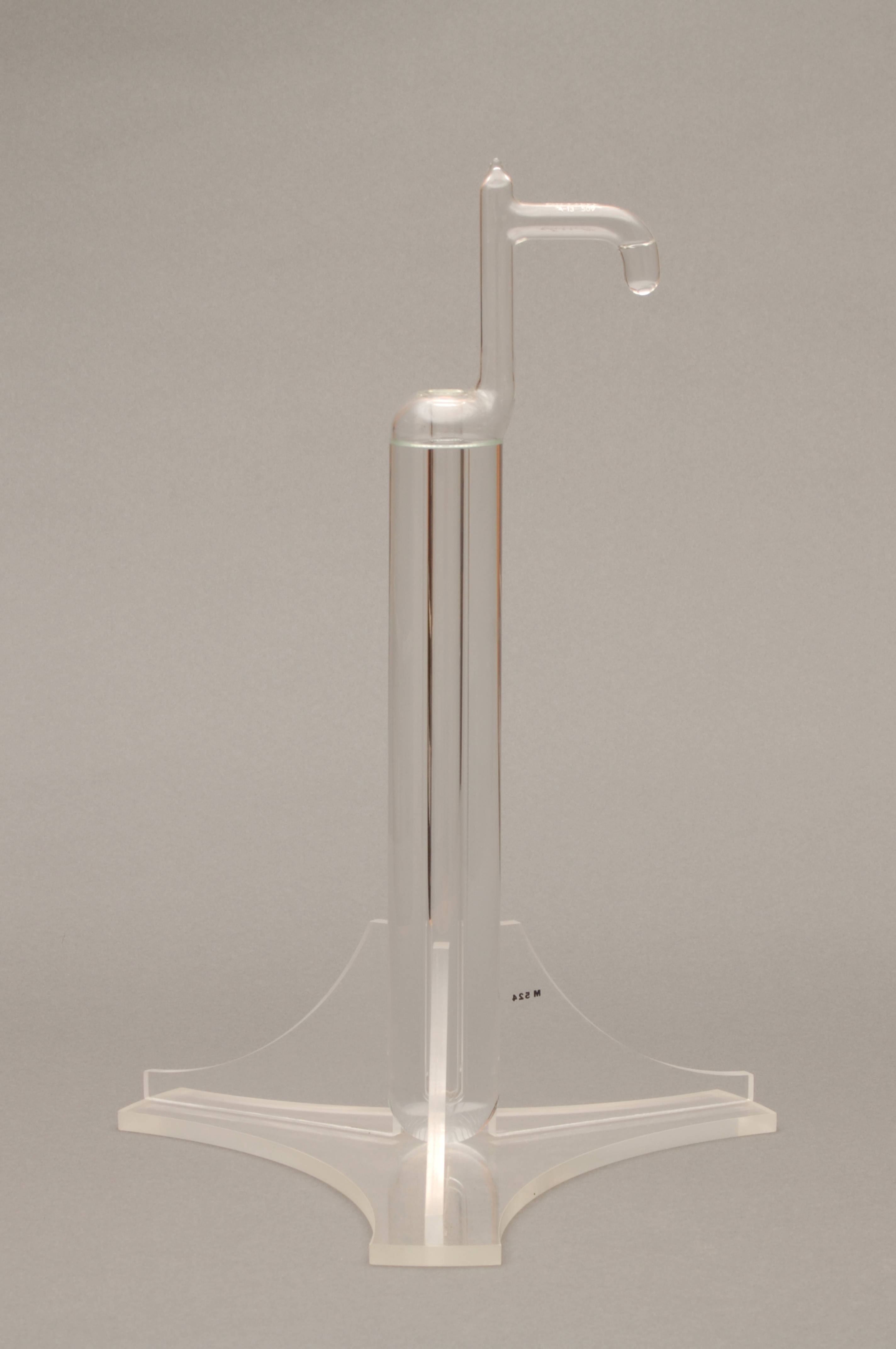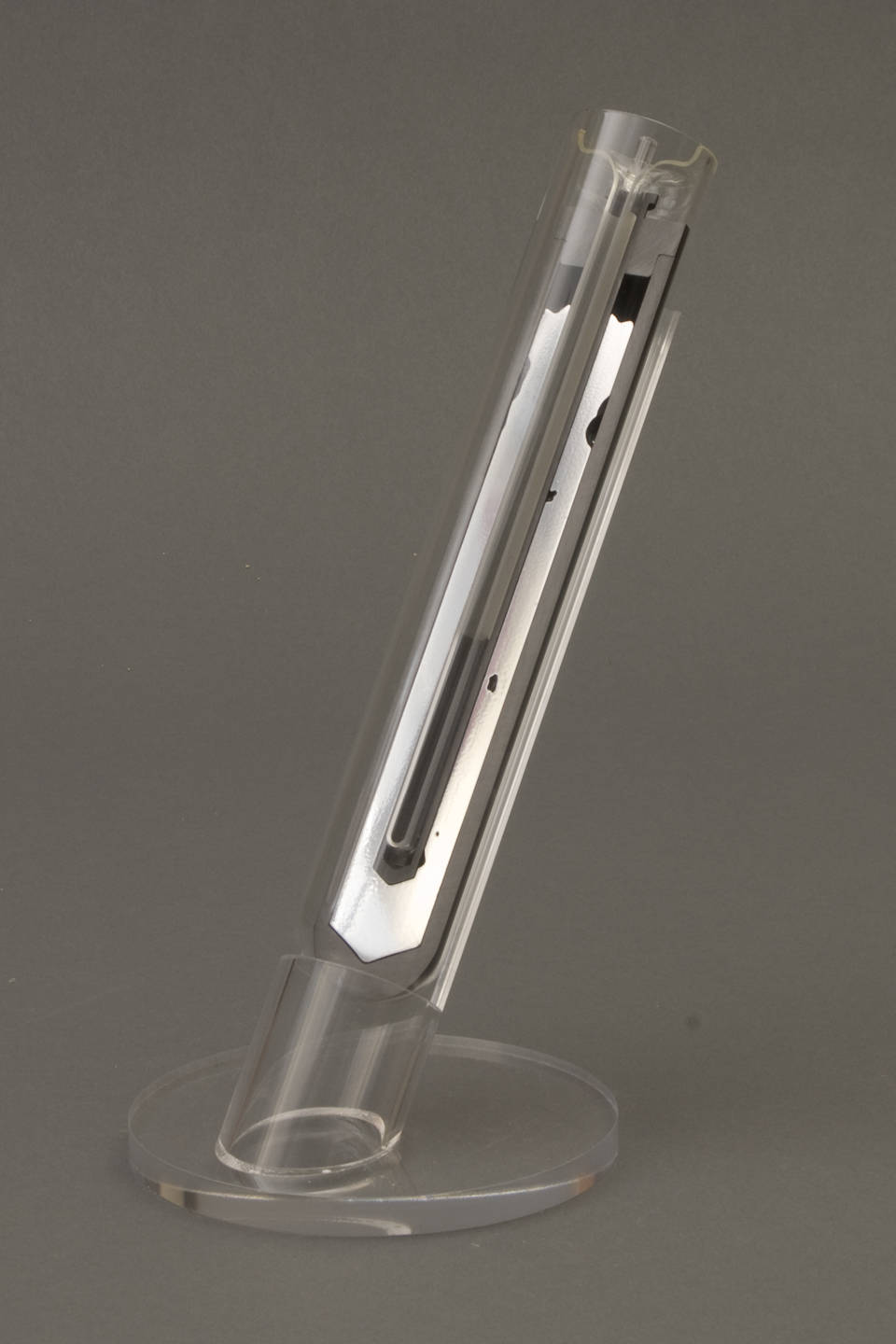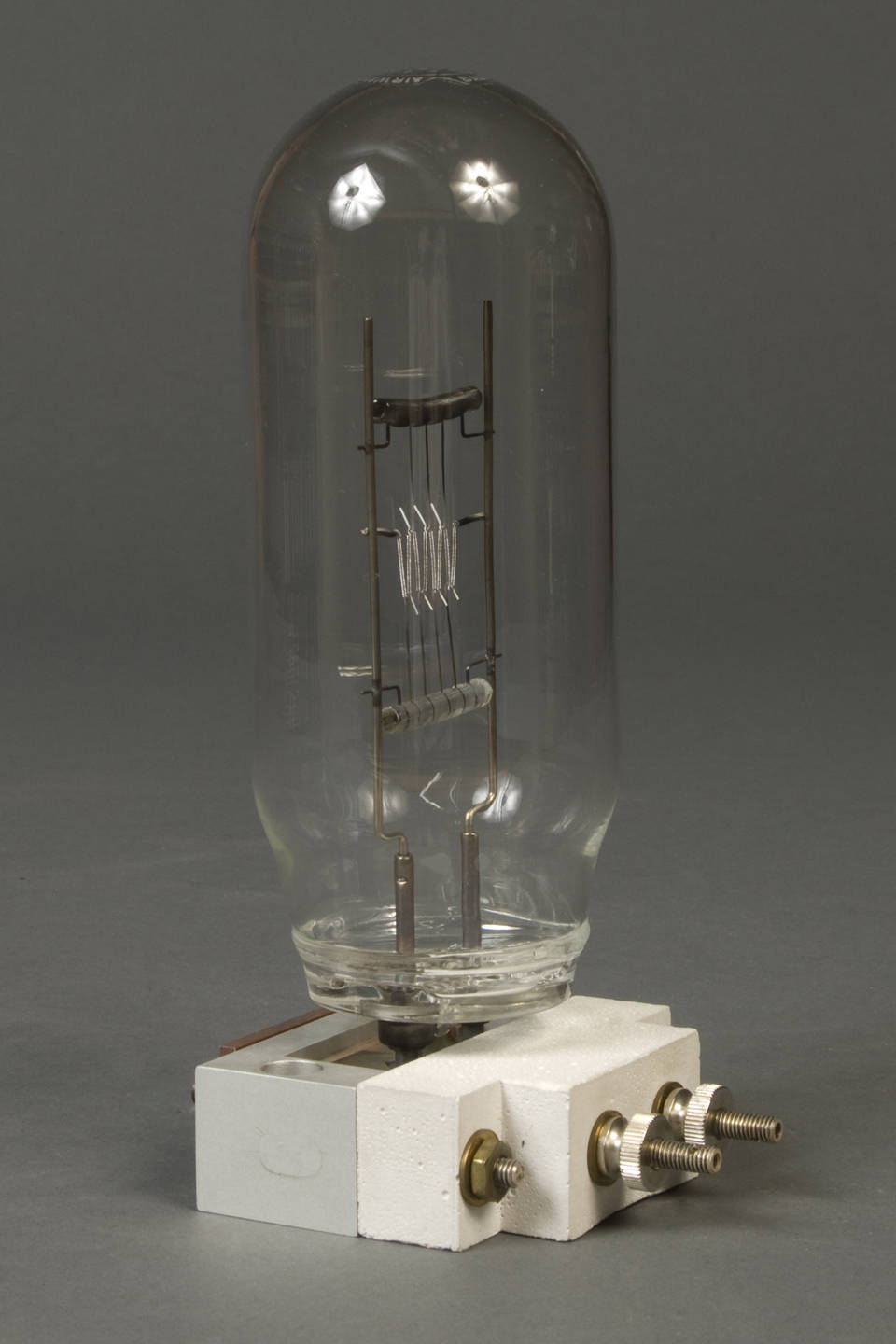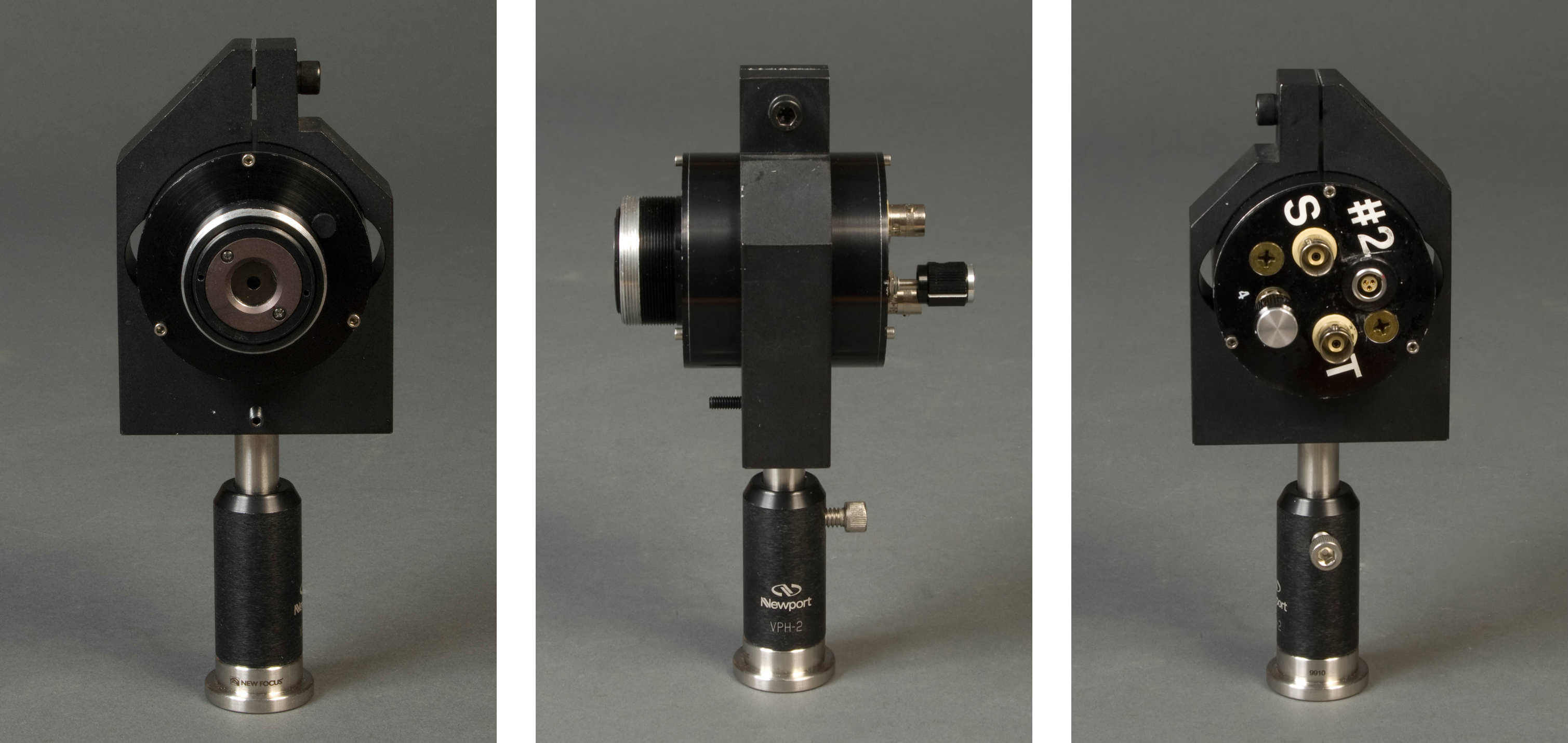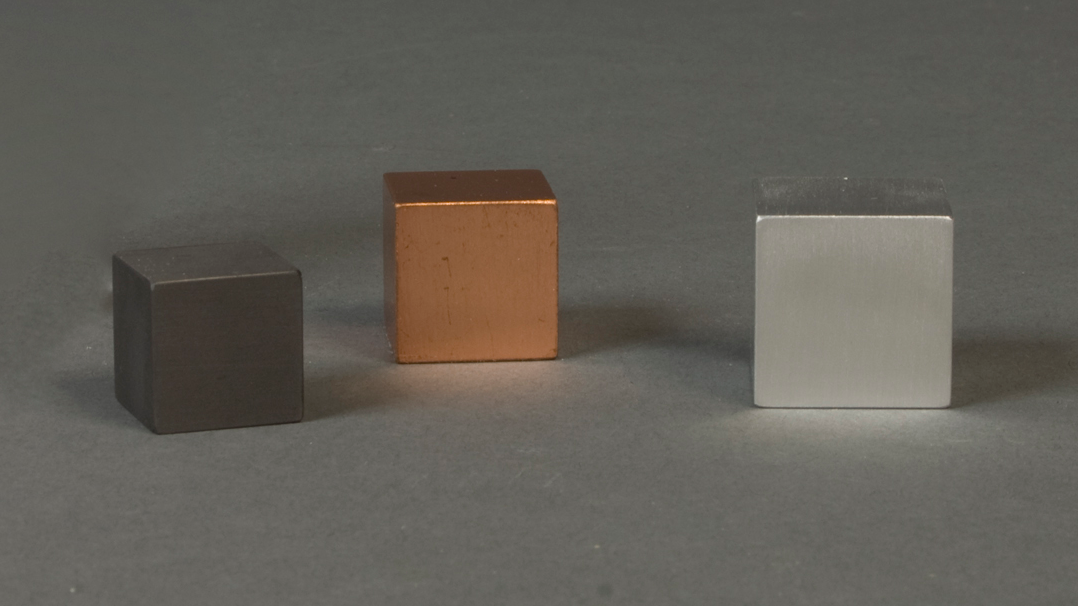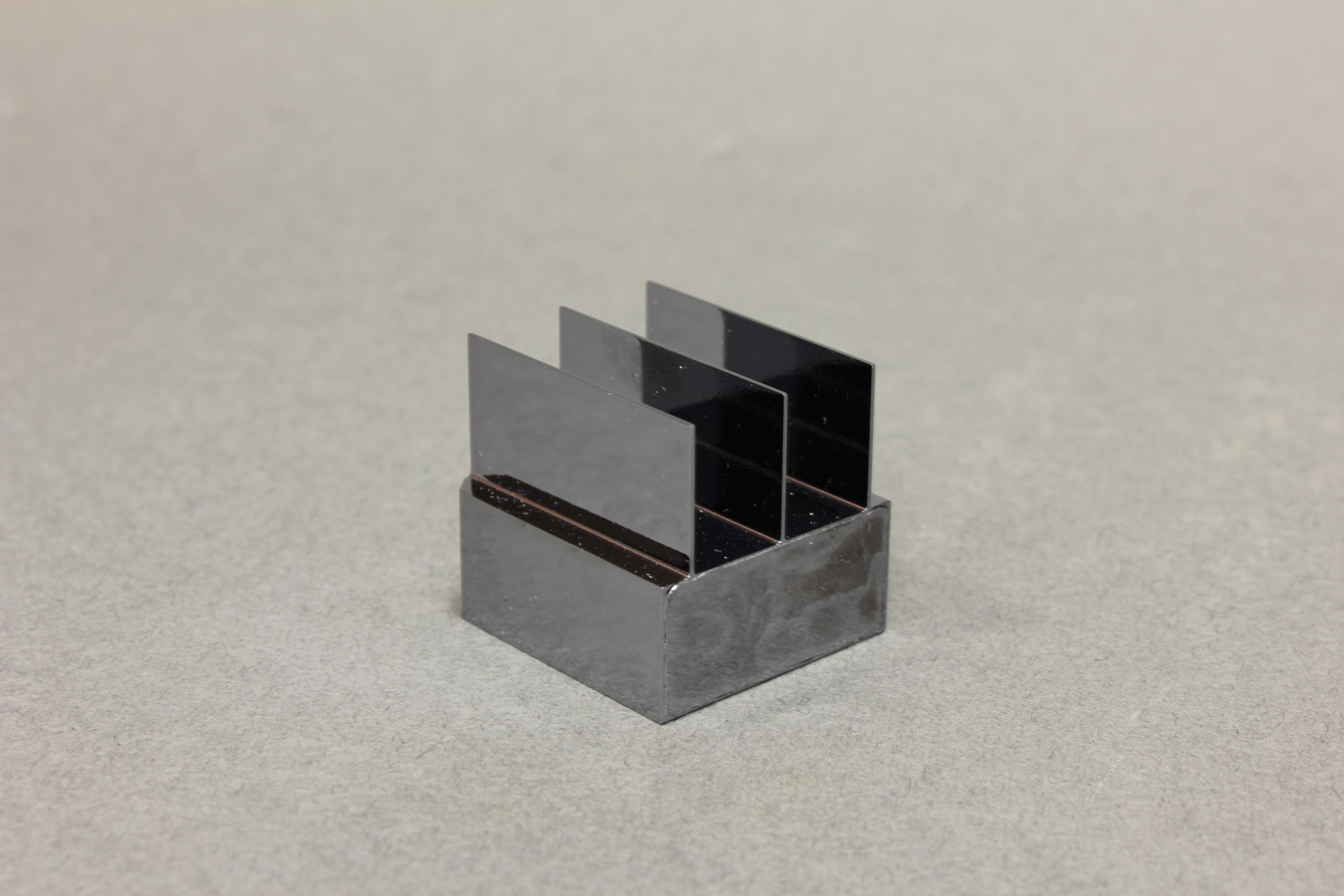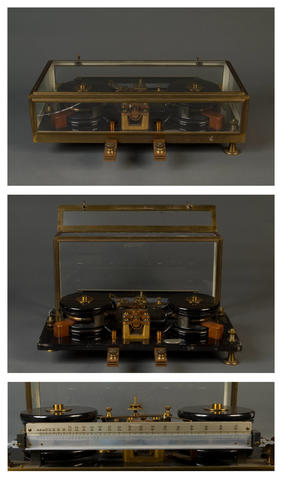Defining the International System of Units (SI)

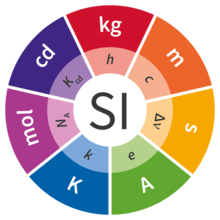
Early weights and measures began out of the need for civilizations to understand the complexities of their environment and to create a form of commerce. Archeological evidence shows human beings used available resources to conduct their business. Length was based on the human anatomy; available items found in nature, such as seeds, were used to measure weight; and time was measured by the movement of the sun and phases of the moon.
Different civilizations around the world employed their individual measurement systems, but with the growth of world trade, the inconsistencies of the various systems became problematic. Thus, the search for a precise and consistent system began.
With the establishment of the Bureau International des Poids et Mesures, or International Bureau of Weights and Measures (BIPM) at Versailles on May 20, 1875, measurement standards began to be officially defined and standard prototypes were distributed throughout world.
Over time, advances in technology have resulted in more precise measurements, generating an evolution of definitions for the Système Internationale, or International System of Units (SI). These units are known as the meter (m), kilogram (kg), second (s), kelvin (K), candela (cd), mole (mol), and ampere (A).
METER (m)
Measurement of Length
1799: The meter is one ten-millionth part of the quadrant of the earth based on a measurement of a meridian between Dunkirk, France and Barcelona, Spain, and represented by a platinum bar where the distance between the polished parallel ends is a meter.
1889: The meter is the distance between the two graduation lines at 0 oC on the International Prototype Meter.
1960: The meter is 1,650,763.73 vacuum wavelengths of the krypton isotope having an atomic weight of 86.
1983: The meter is the length of the path traveled by light in a vacuum during a time interval of 1/299,792,458 of a second.

Platinum
1799
This standard was made in France in 1799 and used by the U.S. Coast and Geodetic Survey as a length standard for scientific work from 1807-1893.
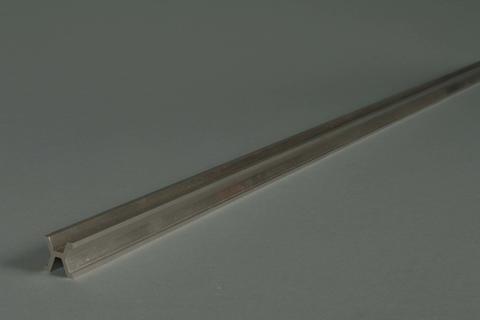
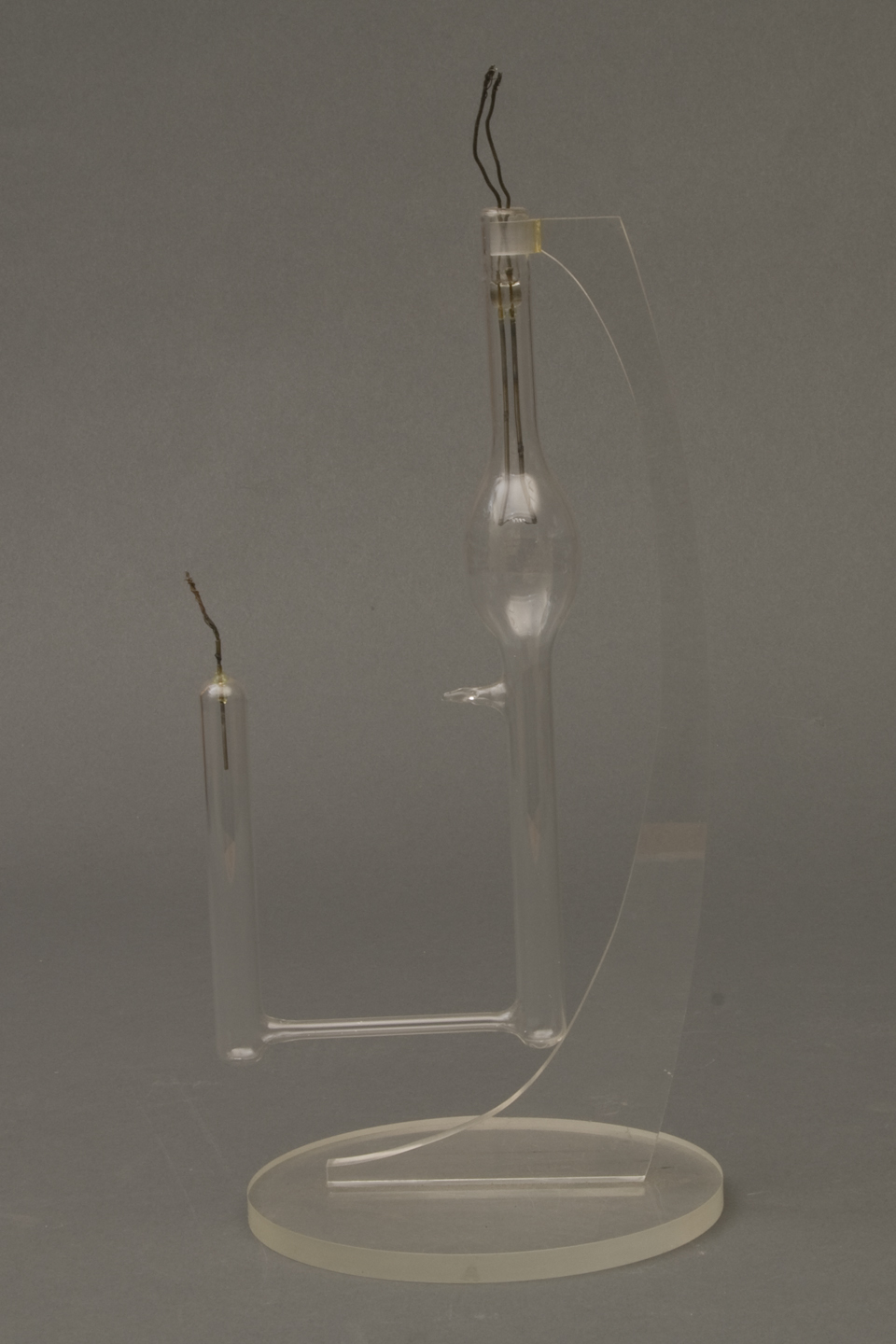
National Bureau of Standards.
Helium neon laser tube.
circa late 1970s or 1980.
Precision length measurements are made through laser interferometry, which determines a physical length as a number of wavelengths. One meter is approximately 1 579 800.762 wavelengths of the iodine stabilized laser. The wavelength of a laser is related to its frequency. Frequency is measured in terms of time (cycles per second), creating an exact relationship between time and length. This laser was commercially built based on a design by Howard Layer of the National Bureau of Standards (NBS). It was one of the earliest lasers used by NBS as a standard for length.
KILOGRAM (kg)
Measurement of Weight
18th Century: The kilogram is equal to the mass of a cubic decimeter of water.
1889: The kilogram is equal to the mass of the International Prototype of the kilogram.
2019: The kilogram is defined by taking the fixed numerical value of the Planck constant h to be 6.626 070 15 × 10−34 when expressed in the unit J s, which is equal to kg m² s−1, where the meter and the second are defined in terms of c and ΔvCs.
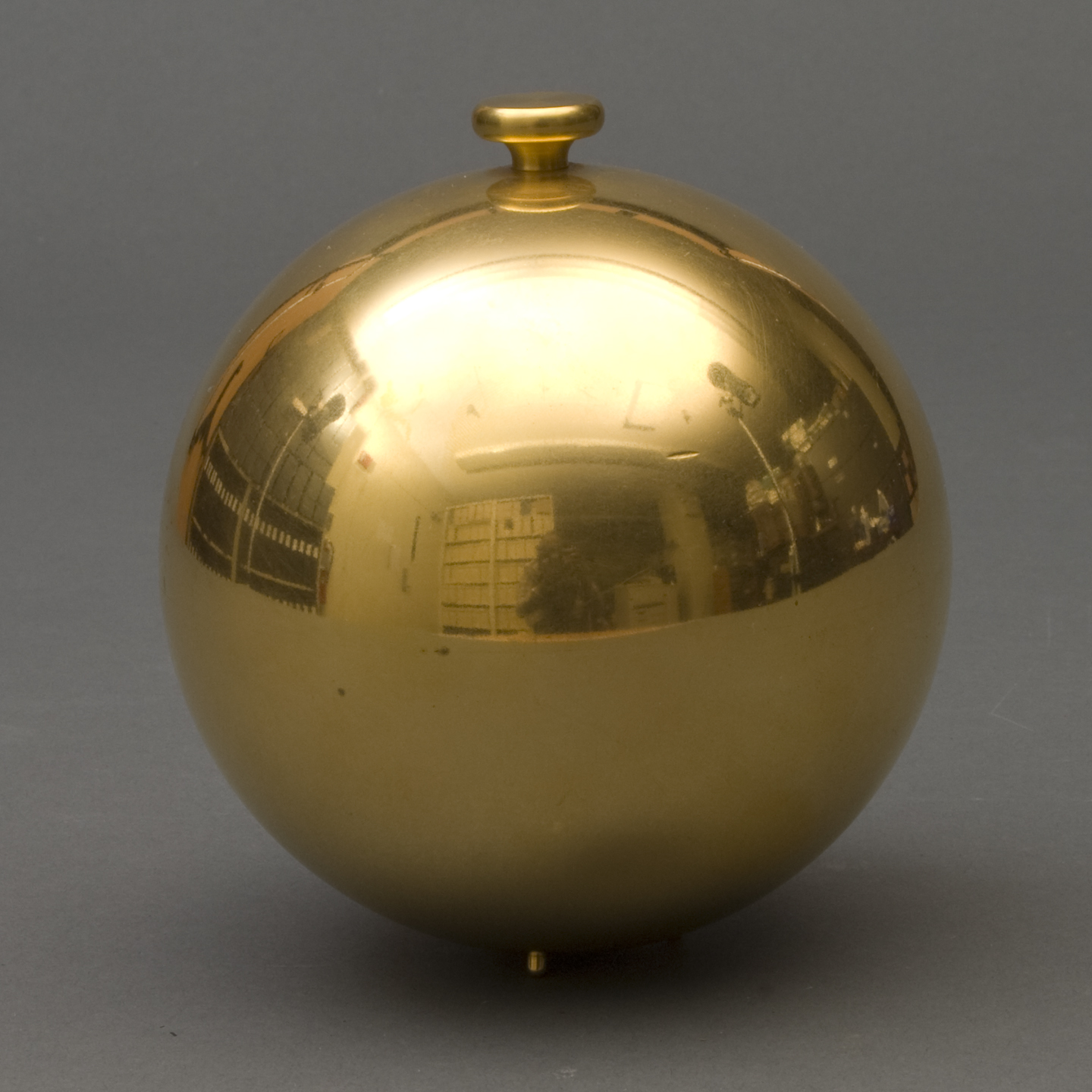
Maker: Louis A. Fischer National Bureau of Standards Gold-plated brass, circa 1905.
This airtight hollow sphere has a volume of one cubic decimeter. When filled with water, its mass equaled one kilogram. It was constructed to replace an earlier liquid mass standard made in 1844 by Joseph Saxton of the U.S. Coast Survey and which was suspected of leaking air.
SECOND (s)
Measurement of Time
Unknown Date: The second is the fraction 1/86,400 of the mean solar day.
1967: The second is the duration of 9 192 631 770 periods of the radiation corresponding to the transition between the two hyperfine levels of the ground state of the cesium 133 atom.
vibrations of electrically stimulated quartz. Quartz crystals vibrating at a naturally
consistent rate (millions of times per second) were used as accurate “pendulums” in
electronic timepieces.
KELVIN (K)
Measurement of Temperature
1954: The kelvin, the unit of thermodynamic temperature, is the fraction 1/273.16 of the thermodynamic temperature of the triple point of water.
2019: The kelvin is defined by taking the fixed numerical value of the Boltzmann constant k to be 1.380 649 × 10–23 when expressed in the unit J K–1, which is equal to kg m2 s–2 K–1, where the kilogram, meter and second are defined in terms of h, c and ΔvCs.
CANDELA (cd)
Measurement of Light
1948: The candela is the luminance of a Planck radiator (a black body) at the temperature of freezing platinum.
1979: The candela is the luminous intensity, in a given direction, of a source that emits monochromatic radiation of frequency 540 x 1012 hertz and that has a
radiant intensity in that direction of 1/683 watt per steradian.
2019: The candela is defined by taking the fixed numerical value of the luminous efficacy of monochromatic radiation of frequency 540 × 1012 Hz, Kcd, to be 683 when expressed in the unit lm W–1, which is equal to cd sr W–1, or cd sr kg–1 m–2 s3, where the kilogram, meter and second are defined in terms of h, c and ΔvCs.
MOLE (mol)
Measurement of Mole
1971: The mole is the amount of substance of a system which contains as many elementary entities as there are atoms in 0.012 kilogram of carbon 12.
2019: The mole is defined equal to 6.022 140 76 x 1023 molecular entities.
AMPERE (A)
Measurement of Electricity
1948: The ampere is that constant current which, if maintained in two straight parallel conductors of infinite length, of negligible circular cross-section, and placed 1 meter apart in vacuum, would produce between these conductors a force equal to 2 x 10–7 newton per meter of length.
2019: The ampere is defined by taking the fixed numerical value of the elementary charge e to be 1.602 176 634 × 10–19 when expressed in the unit C, which is equal to A s, where the second is defined in terms of ΔvCs.
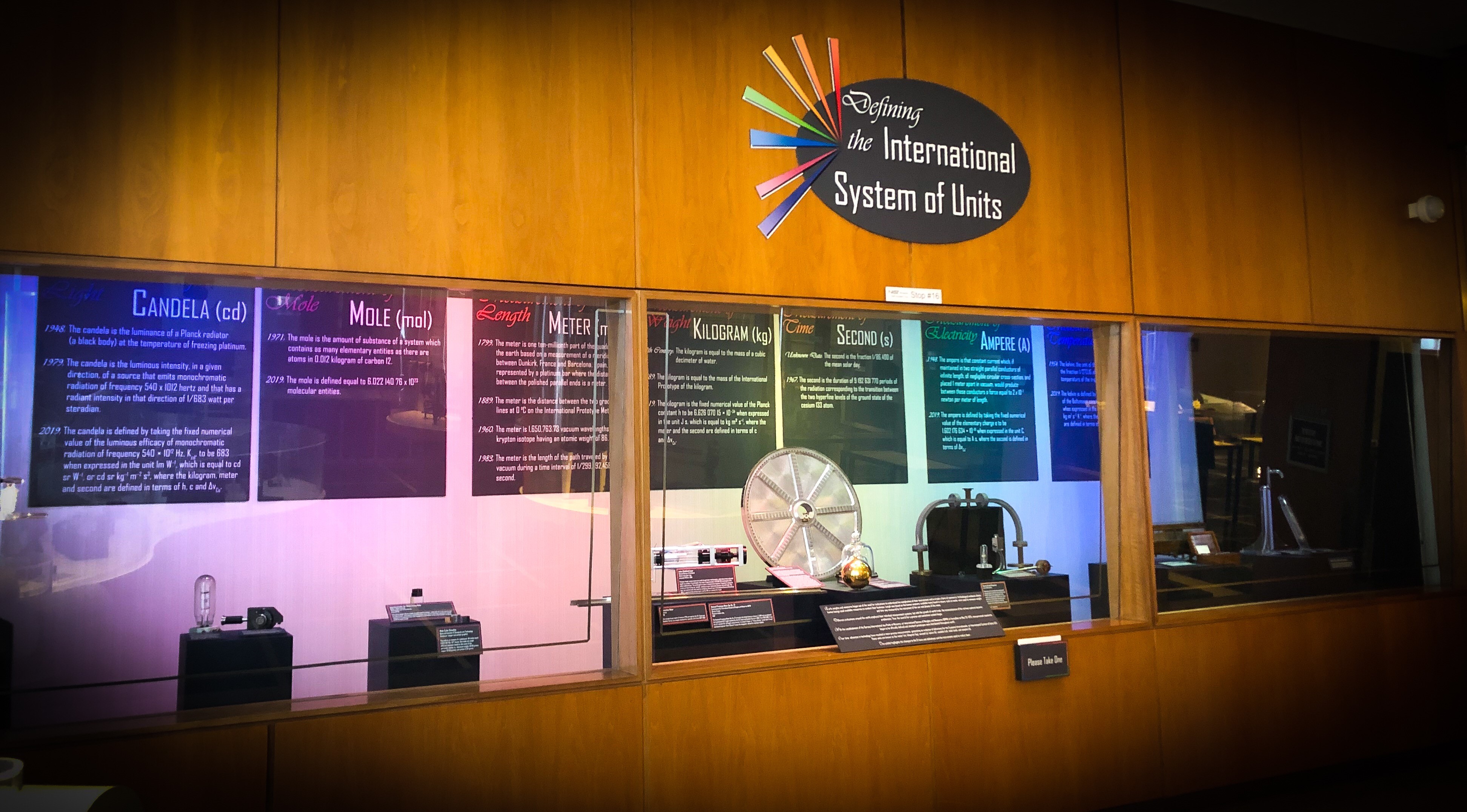
Example of how to reference this exhibit:
NIST Museum. 2023. Defining the International System of Units (SI). Gaithersburg, MD: National Institute of Standards and Technology. Online. https://www.nist.gov/nist-museum/defining-international-system-units-si
Author. Year. Exhibit Name. Place published: Publisher. Online. URL.
Contacts
-
NIST Research Library & Museum(301) 975-3052


